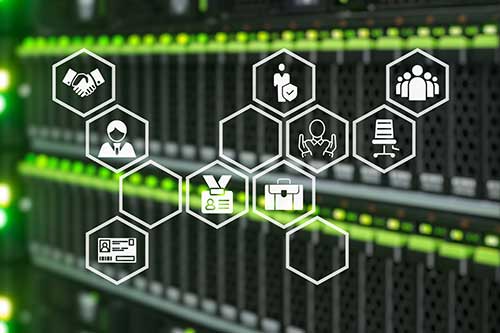



Strong ESG adherence attracts investors, enhances brand reputation and ensures regulatory compliance, which is vital for competitive differentiation and risk management.

Companies are increasingly incorporating sustainability reports alongside financial ones, focusing on five key environmental metrics—energy, emissions, water, waste and ecosystem—to enhance environmental sustainability and governance (ESG) efforts in data center operations.
ESG promotes responsible, sustainable growth, which is essential for long-term business success.
The criteria for best ESG practices foster responsible, sustainable business growth, crucial for long-term success, by promoting environmental stewardship, ethical practices and social responsibility. Strong ESG adherence attracts investors, enhances brand reputation and ensures regulatory compliance, which is vital for competitive differentiation and risk management.
Ultimately, it drives innovation and market relevance, positioning companies for enduring success in a rapidly evolving business landscape.
A white paper by Schneider Electric provided earlier this year concludes that “Data center operators should use a standard set of metrics,” finding that challenges in benchmarking and alignment can handicap IT and its efficiency and sustainability.
With benchmarking, “when organizations use different metrics, it’s difficult to compare data center performance” and “difficult to establish common criteria” for comparisons and meeting goals, the white paper found.
When it comes to alignment, a lack of standard metrics “Standardized environmental metrics are needed to set goals and strategies, know where to improve, know what to prioritize and to show continuous progress, ensuring all players are using the same rulebook,” Schneider Electric determined.
To support its conclusions, Schneider Electric has provided a range of solutions to address data standardization and data-driven sustainability. A good example is EcoStruxure IT Expert, which uses and provides standardized data across an organization through its remote monitoring, graphical trending analysis, alert notifications and data-driven trending analytics.
EcoStruxure IT Expert can be a vital tool for solution providers in giving customers continuing advantages. Consider measurements for power usage effectiveness—which determine a major aspect of an organization’s energy efficiency and sustainability.
“Data centers need to use energy more efficiently … Power usage effectiveness—the amount of power the computing equipment in a data center uses relative to its total energy consumption—fell considerably from 2007 levels, but progress has flattened over the past decade,” according to findings by McKinsey & Co .
The upshot: solution providers that can focus a customer on standard metrics in a sustainable IT environment can provide them with a competitive edge—in a world where continuous improvement is key.